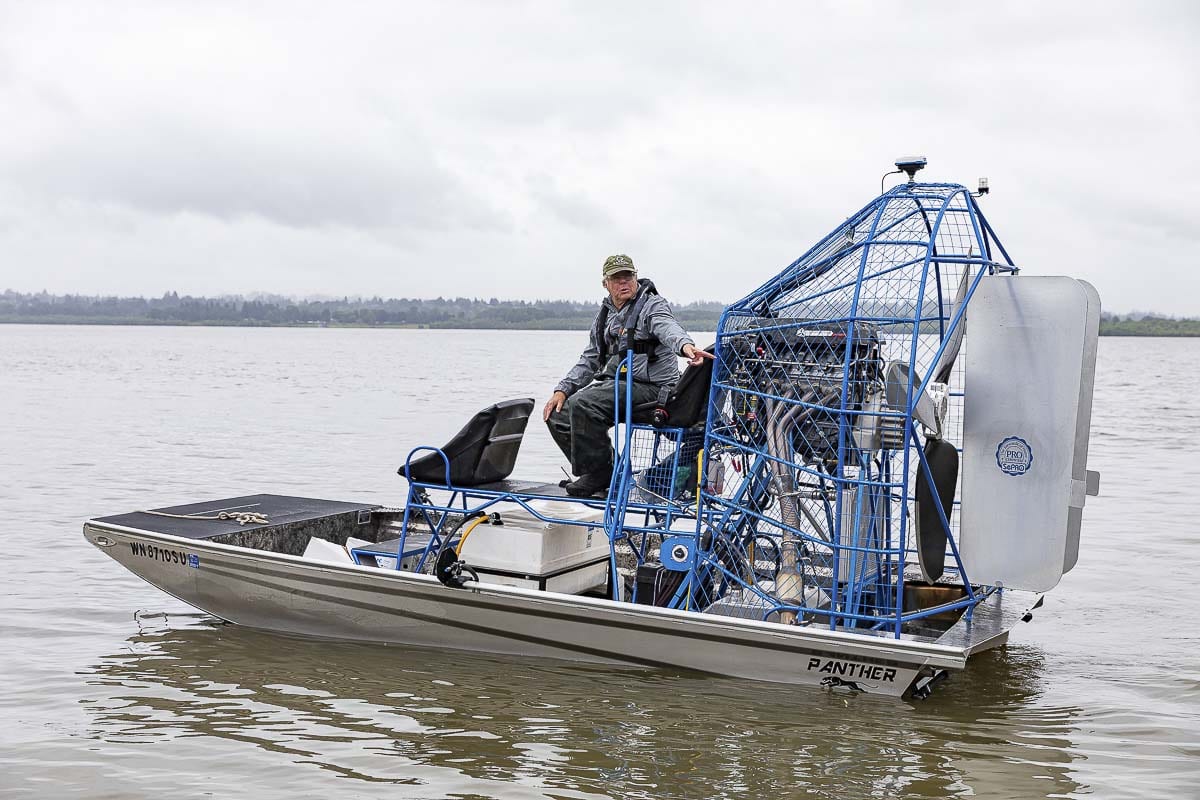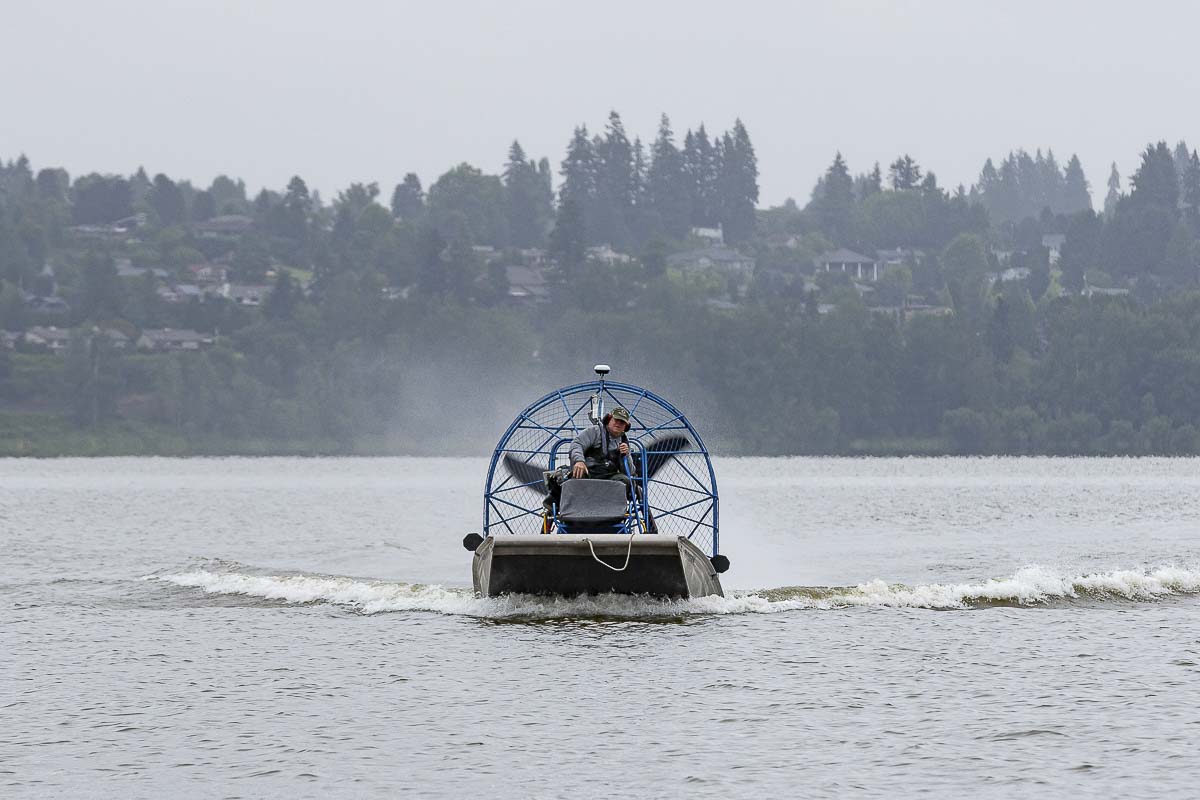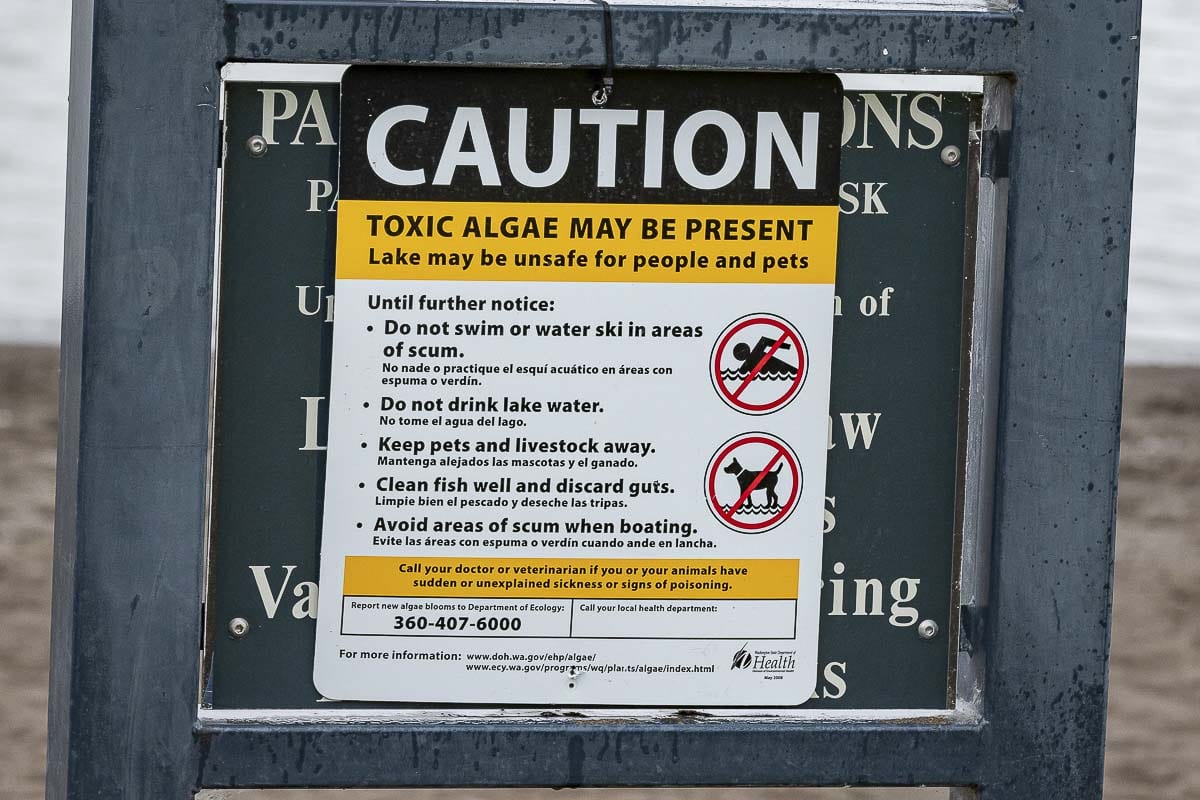Treatment will not impact lake users nor limit activities
VANCOUVER — A planned treatment of the Eurasian Watermilfoil (EWM) weed infestation in Vancouver Lake and the flushing channel is underway this week and is expected to take up to three days. The treatment will not impact lake users nor limit activities, although treated water from the lake was not to be used for irrigation purposes for 24 hours after application.
EWM is a class B noxious weed in Washington that requires mandatory control. EWM forms dense mats underneath the surface of the water and left untreated, quickly alters the ecosystem of water bodies threatening lake users, animals, and native species of plants and aquatic life.

The presence of EWM was first identified in spring 2018 by regular lake users – primarily members of the Vancouver Lake Rowing Club and the Vancouver Lake Sailing Club who became alarmed as they noted widespread infestation and expansion into rowing, sailing, and swimming areas. These citizens determined that without effective treatment, EWM would cover the Lake by 2021.
Friends of Vancouver Lake (FoVL) formed in late 2018, after finding no current or planned efforts to control EWM by local government agencies. The group joined with representatives of local rowing and sailing clubs to immediately begin working with local agencies, Southwest Washington legislators, and the state Department of Ecology to apply for a permit to treat EWM as a private group.
FoVL and the rowing club ultimately gained the Ecology permit to use the newly approved ProcellaCOR to treat the Lake’s EWM and contracted with Bellingham-based AquaTechnex LLC to complete the treatment. FoVL also began extensive fundraising efforts gaining support from hundreds of Clark County citizens and significant donations from the Firstenburg Foundation and the Ed and Dollie Lynch Foundation as well as contributions from Clark County and the Port of Vancouver USA. Treatment costs are estimated at $150,000 to $200,000 this year. Cost variables include acreage affected and water depth at the time of treatment.

EWM spreads through fragmentation and exists in many bodies of water throughout the state. Fragmentation occurs by fish movements in shallow water, by swimmers or animals that become entangled in the weed, and by contact with boats, paddles, oars. Absent effective treatment and management, EWM returns annually and in greater numbers.
FoVL, the Department of Ecology, the Department of Fish and Wildlife and Clark County weed control will monitor effectiveness of the treatment and continue to survey the lake for signs of new growth which must be addressed. Future management and treatment will occur through the county’s newly minted Integrated Aquatic Vegetation Management Plan (IAVMP). FoVL participated extensively in development of the plan and will continue to support observation and treatment as part of its commitment to restoration of the lake.
“The herbicide ProcellaCOR, which was approved for use by the state Department of Ecology in 2019 and approved by the U.S. EPA as a reduced-risk herbicide with significantly reduced risk to the environment and human health, is selective and systemic with an extremely short contact exposure time requirement,’’ read a news release from the Friends of Vancouver Lake nonprofit group. “Upon application, it moves into the plant rapidly and can be effectively applied in the very low parts per billion range. In addition, ProcellaCOR has minimal water use restrictions; it can be applied to potable water supplies with no restriction on the use of treated water for that purpose. It has no swimming or fishing restriction.’’

FoVL had previously planned to treat EWM in the summer of 2019 but rapidly deteriorating plant conditions halted the effort after biologists determined the dying plants would not absorb the systemic treatment. Current conditions show optimal plant size and reasonable water levels. EWM in the port-owned flushing channel will be treated as well ensuring effectiveness of the Lake treatment. Port commissioners voted to financially support treatment and port staff helped ensure access to the channel.
“FoVL is enormously grateful for the support of community members who understand the unique beauty and importance of Vancouver Lake in SW WA for public recreation, competitive rowing, sailing, dragon boating and much more and have generously donated financially to EWM treatment,’’ stated the FoVL news release. “We are proud that treatment will be completed soon and that the Lake will continue to be accessible to all users. We also recognize that in the long term, water quality of the Lake must be improved and will continue to work on issues of water quality with local government, legislators, and state agencies to develop a lake management plan that will insure that this precious resource in our community will be preserved and protected.
Also read:
Friends of Vancouver Lake nonprofit group attempting to address milfoil issue at one of Clark County’s treasured landmarks





